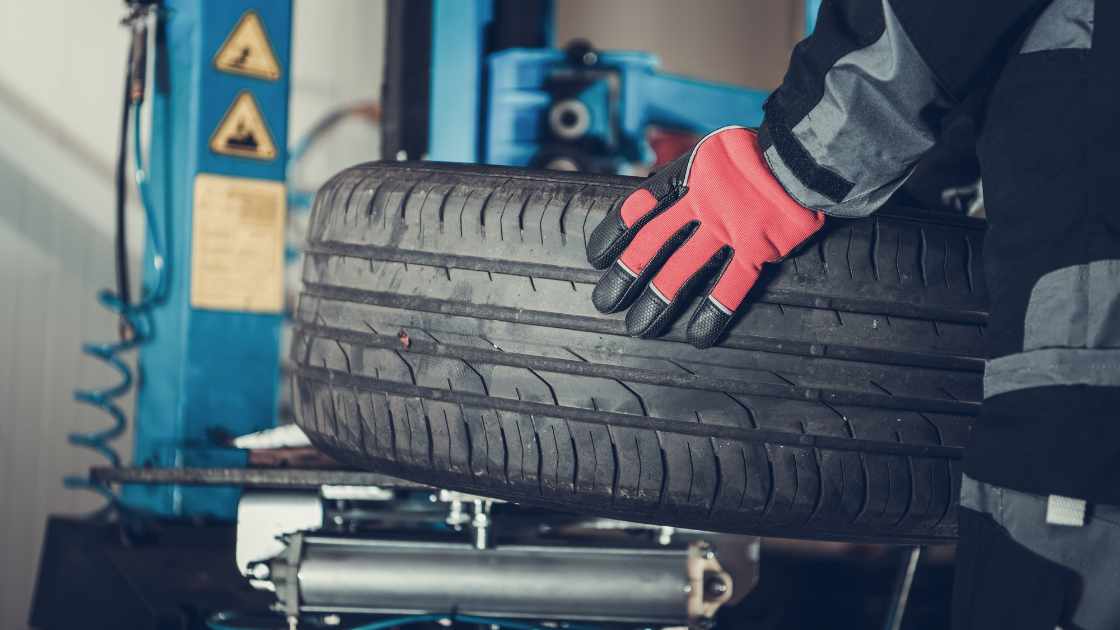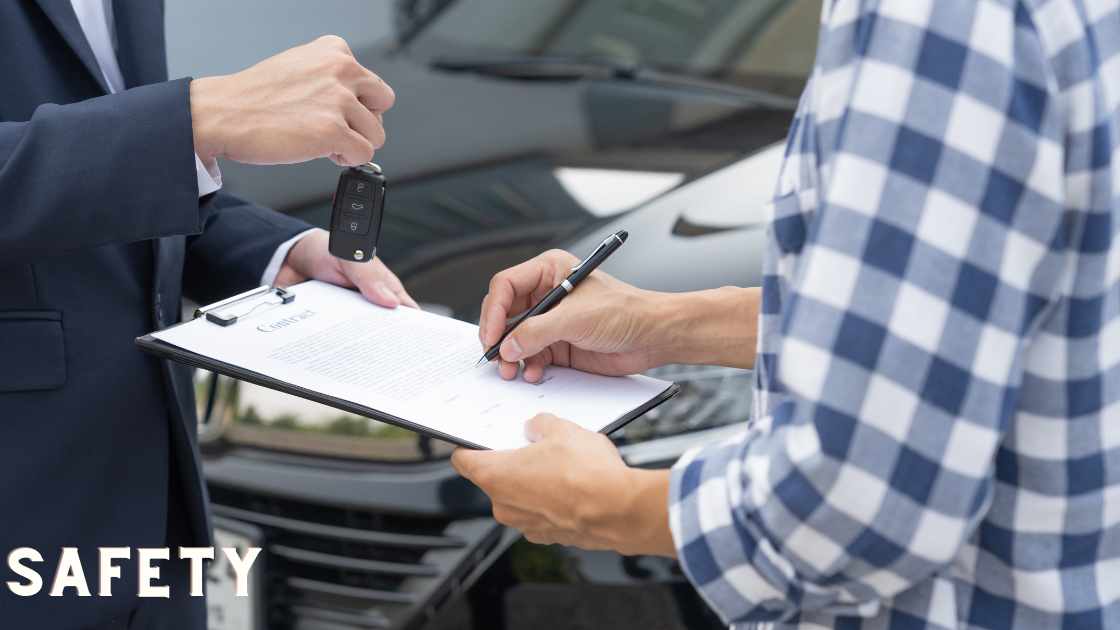Table of Contents
ToggleDIY Guide: How to Balance a Tire at Home
Materials Needed
- Jack and jack stands: Lift your car off the ground to easily access the tires.
- Lug wrench: Remove the lug nuts to take the tires off.
- Wheel weights: Purchase a tire balancing kit with various weights.
- Tire gauge: Check and adjust tire pressure to specifications.
- Tire balancing machine (optional): Some enthusiasts invest in a basic tire balancing machine for more precise balancing.
Steps to Balance a Tire at Home
Secure the Vehicle
Park your car on a flat surface and engage the parking brake.
Use a jack to lift the vehicle off the ground, ensuring it is secure on jack stands.
Remove the Tires
Use a lug wrench to loosen and remove the lug nuts.
Take off the tires and set them on a level surface.
Inspect the Tires
Check for any visible damage or uneven wear on the tires, which could indicate other issues that need attention.
Check Tire Pressure
Use a tire gauge to measure and adjust the tire pressure according to the manufacturer’s specifications.
Locate the Heavy Spot
Rotate the tire slowly and mark the heavy spot with chalk or a small piece of tape.
Apply Wheel Weights
Place wheel weights on the opposite side of the heavy spot. Start with a small weight and adjust as needed.
Secure the weights using an adhesive backing or with pliers if they come with clips.
Reinstall the Tires
Mount the balanced tires back onto the car.
Tighten the lug nuts in a crisscross pattern to ensure even pressure.
Test Drive
Take your car for a short test drive to assess the effectiveness of the balancing. Pay attention to any vibrations or wobbling.
Fine-Tune if Necessary
If vibrations persist, make small adjustments to the wheel weights until the balance is optimal.
FAQs
Why is tire balancing important?
Tire balancing ensures even weight distribution, preventing vibrations and uneven wear. Properly balanced tires contribute to a smoother ride, better fuel efficiency, and increased safety.
Can I balance my tires without special equipment?
Yes, you can. While a tire balancing machine is ideal, you can achieve balance at home using basic tools like a jack, wheel weights, and a tire gauge. Follow a systematic process of identifying the heavy spot, applying weights, and testing for optimal balance.
How often should I balance my tires?
It’s recommended to balance your tires whenever you install new ones, during regular tire rotations, or if you experience vibrations. Additionally, balancing should be part of routine maintenance, typically performed every 6,000 to 12,000 miles, depending on your driving habits and the manufacturer’s recommendations.
Final Thought
Balancing your tires at home is a manageable task that can enhance the performance and safety of your vehicle. Regular tire maintenance is essential for a smooth and comfortable ride, as well as for the longevity of your tires. By following this step-by-step guide, you can save money, learn a valuable skill, and ensure that your tires are properly balanced for a more enjoyable driving experience.

Jeff Gordon is an accomplished writer with expertise in the basics of car accessories. With a keen eye for detail, Jeff has established himself as an authority on the subject, with a passion for all things automotive. Based in Jasper, Jeff is dedicated to providing readers with the information they need to make informed decisions when it comes to their car accessories.





